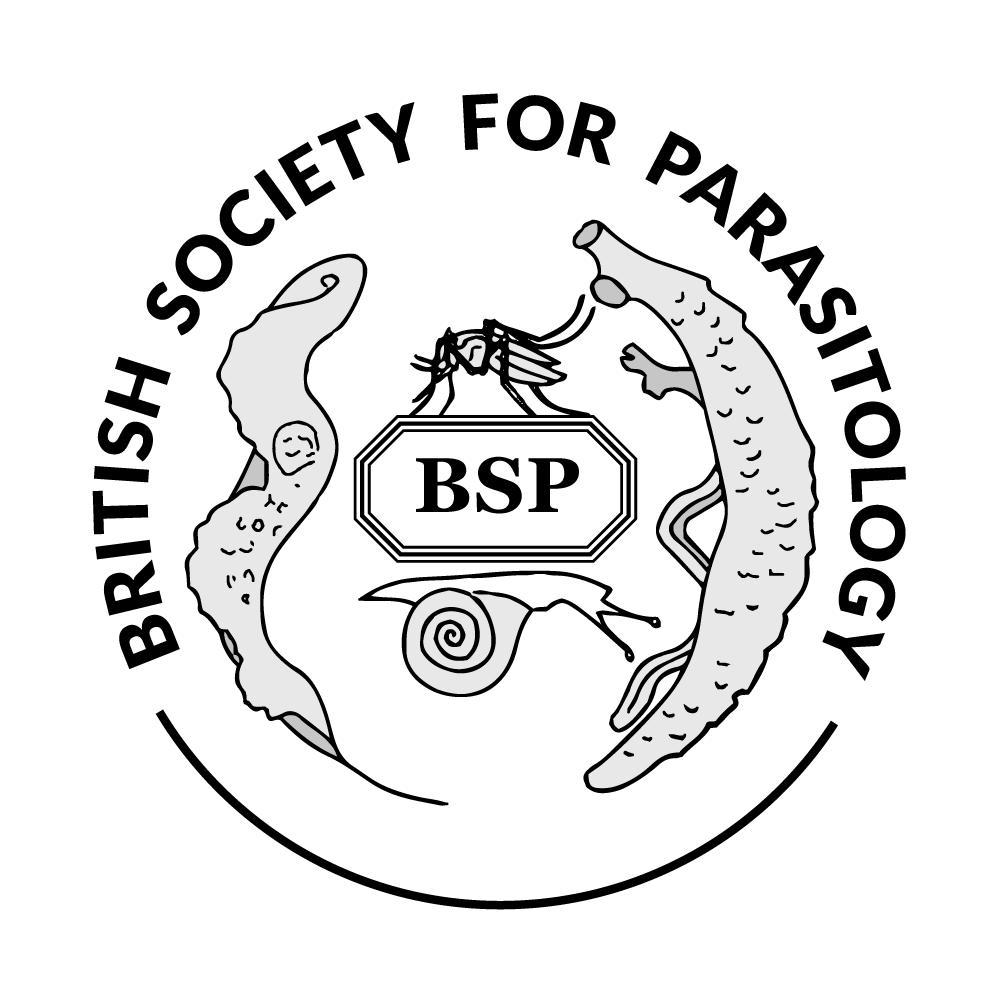Authors
V A Pam1; A A Idris1; V A Adejoh1; A Ombugadu1; 1 Federal University Lafia,Nassarawa State,Nigeria, Nigeria Discussion
Water is essential for existence, and its importance for individual health and to the well-being of a nation cannot be underestimated. This study evaluates the parasitic contamination of drinking water sources in Doma Local Government Area of Nasarawa State, Nigeria. A total of 48 water samples were collected from different selected sources (boreholes, wells and streams) between the months of March to July 2017. The water samples were analyzed using the Calcium carbonate (CaCO3) floatation method and the samples were examined microscopically for the presences of parasites. A total of 32 water samples were found with parasites. These include a Trematode (Fasciola hepatica), 2 protozoans (Entamoeba histolytica, and Giardia lamblia) and 3 nematodes (Trichuris trichiuria, Ascaris lumbricoides and Hookworm). The nematodes had the highest contamination rate 19(59.38%) followed by the protozoans 12(37.50%) while the trematode was least with 1(3.13%). The stream water sources has the most contamination in late dry and early wet season with 69.23% and 94.74% respectively. The wells had 30.77% and 5.26% in late dry and early wet season respectively. The boreholes had zero contamination for both seasons. Prevalence of parasites in relation to sources of water showed a high significant differences (c2=49.741, df =2, P=0.0000001), while there was no significant difference in relation to late dry and early wet seasons (c2=2.3438, df=1, P=0.1258). Result indicated high rate of parasitic contamination of drinking water source in the study area. Hence there is need for advocacy and enlightenment on the importance of proper drinking water treatment. 
